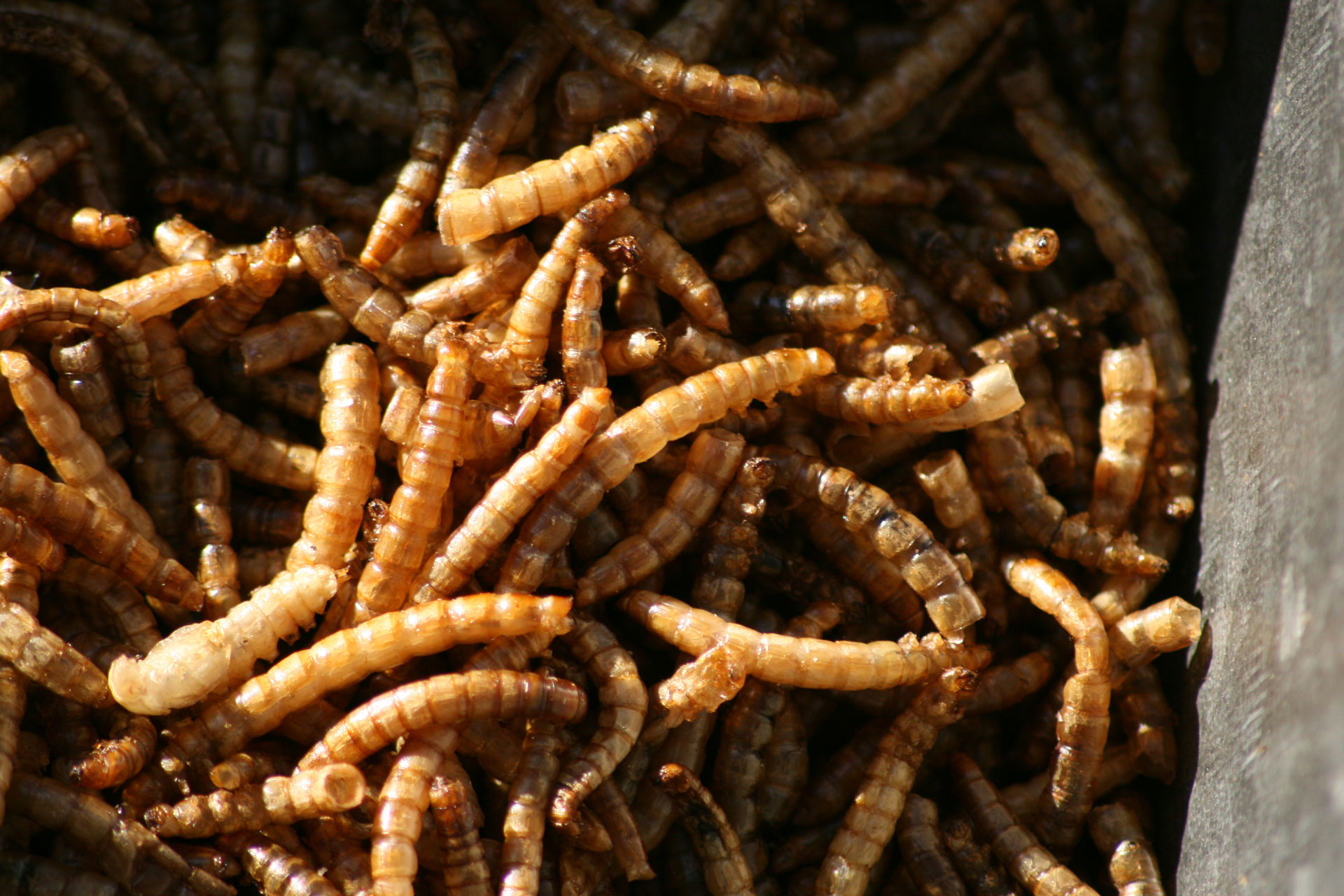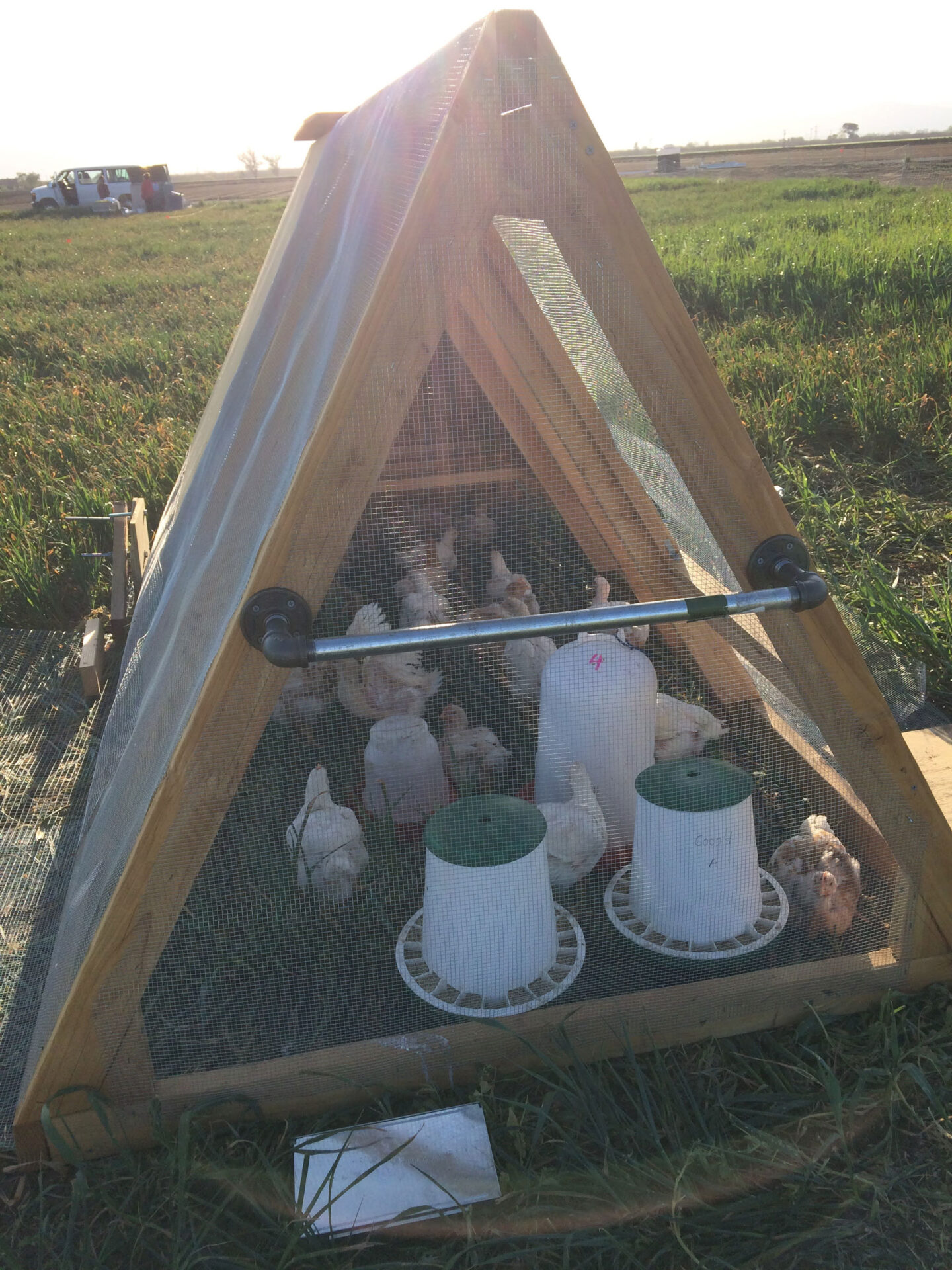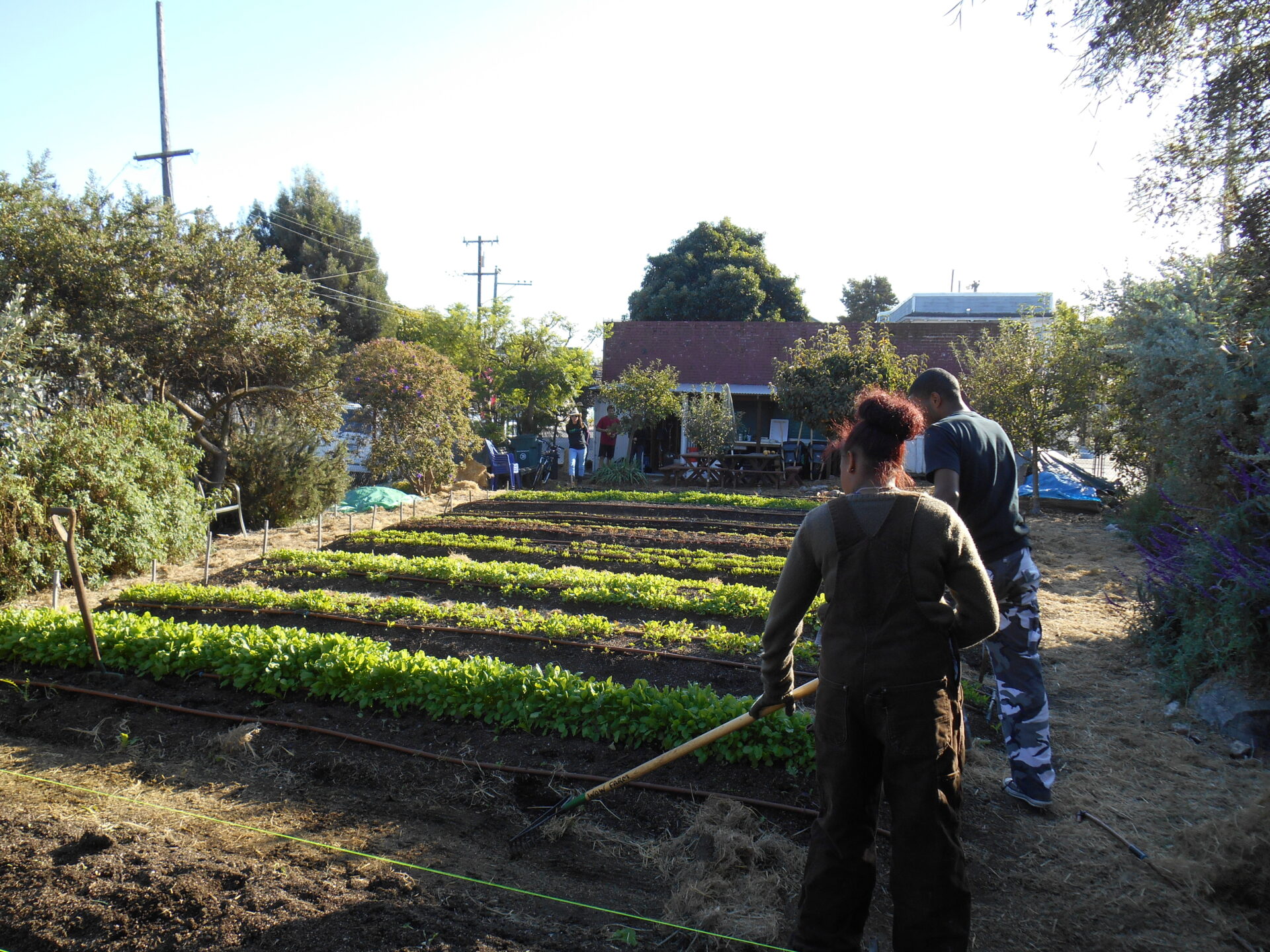When considering healthy soils and plants, the greatest need in terms of achieving vibrant plant health and lasting vigor is to consider “the trunk of the tree” instead of getting hung out on a limb and never tackling the core problem. To determine this certain basic questions and answers should first be considered and some of those may not always come that easily into view.
As a whole, in this entire world someone has responsibility over all the land. Someone is put in charge of it and generally has a say about what can or cannot be done to that land and too often not with a mind toward what would be best for the land or what is produced on it. The real bottom line is, when you give the soil what it actually requires, only then can it provide what is truly needed for optimum soil and plant health! Anything less and that much less is what you should expect in return!
Various short term for profit programs have allowed so many destructive actions and so much degradation to the land that there are now a host of programs that “make it better” and are touted as basic solutions to the problems the previous thinking of past and present generations have caused.
What works best? Is it when plants improve soil health or when soil improves plant health? In other words, can you best use plants to improve the soil and its fertility level, or the soil to improve the plants and their health and nutritive providing abilities? This is not like asking the question, “Which one came first, the chicken or the egg?” This question can be correctly answered. And in the process of answering such a question, what is best for soil biology – the true life of the soil – would need to be included.
So then what is the trunk of the tree for deriving the most benefit from agriculture? Is it making the most money, or making the greatest yields? Is it growing the best plants or the most nutritious foods? It should be the key to all of those packed into one logical program with the most economical approach being what can best be done to most help the soil and the crops that grow there.
The best answers to soil fertility, plant growth and feed or food quality are not geared to the philosophy of how much can growers get for the least amount they can give, whether that is money, fertility or the amount of effort being put forth.
However, most of the time the solutions that get adopted are because it can be shown that to do so means there is substantial profit to be made by the sale of something to the farmer. This is not meant to even imply that anything is wrong with increasing income from the added value of work being done. But if the bulk of the profit accrues to those who are devising the program at the expense of the soil and what grows there, is it really true profit? And are those programs being proposed the actual solutions needed or just another “band aid” as a stop-gap measure that helps only temporarily improve the situation in some way?
Dr. William Albrecht once described an experiment his team tried for extracting more nitrogen from the colloidal humus once they learned to isolate that humus from the soil. He said they tried every conceivable acid and many “reasonable” combinations, but could never find a formula that would do the job.
But conversely, by extracting exudates from plant roots and using an inordinately large amount as compared to the normal release from plants and crops, it was the secret key to unlock that N. Yet they were unable to duplicate that in the lab. So far as is now known, no one ever has. When science can’t even do that, it is hard to believe that even the best team of scientists would be wise enough to figure out all that a plant really needs.
That said, a slow steady feed of what is shown to be needed should generally be of most benefit to both plants and soils. However, in work with a company using that approach on a 20,000 acre almond operation for feeding nutrients through the drip, the program still only provides top results if the soil contains or receives what nutrients can be measured and supplied as needed first.
No matter how intelligent mankind may be considered, taking care of the soil to feed the total biological needs of the entire “team” – then striving to provide needs for the specific crop – works time after time. But too many want to skip building up soil fertility and just feed the crop. When that happens, could growers be robbing themselves of the greatest benefits in terms of both soil health and the highest yields and quality for whatever they are producing?
Most likely there is no one who really knows how to provide all of the exact nutrients each plant will thrive on to do its best. When anyone proposes to improve upon what life in the soil can do in that regard, even the best “guesstimate” will likely fall far short of properly feeding the soil- and thus will also rob the plant of its full potential – to grow the best yields and highest nutrition from the proper inputs.
So the question then becomes what is the purpose of constant plant feeding? If it is just to sell a product to feed the crop without regard to the measurement of the real needs and condition of the soil in that field, it is not necessarily going to be of the greatest benefit to the farmer or provide the best outcome for what he wants to grow based on the cost of return.
For many who claim to use the Albrecht system or some other type program it is just an excuse to sell a “feed the plant” fertility program. As a rule, a farmer is told he cannot afford to do anything more than feed the crop. Is that actually the truth, or just a sales pitch? Sometimes this may be true, but generally speaking, it is not the most productive approach.
For long-term solutions to soil fertility and to best supply actual plant needs sufficient time is needed to plan and take a meaningful and careful approach. When growers have a program that is the best they can plan out or afford, even though believing and choosing to follow that program, they should still choose at least one small field of average or better production and split it in half for a test. Follow the normally proposed fertility program on half of it. On the other half use a true soil building program such as the one developed by Dr. William A. Albrecht for use in organic production.
Spend the same amount of money for fertility on both. But when using a feed the soil approach use the most important nutrients to feed the soil as shown on the soil test by prioritizing the need for all nutrients. If the budget doesn’t cover it all, spend the money based on prioritizing the needed nutrients and put it where it makes the most difference. That will usually be quite different in approach as compared to a normal program that just strives to “feed the crop what it needs” and let the soil fend for itself.
For client after client using the correct guidance for testing this type of program, they now say they must feed the soil and let the soil feed the plant to be most productive and most profitable. Just about all of agriculture is not geared to think that way today under the guise that farmers and growers cannot afford the cost in terms of time and money. But how do you know if you have never tried it?
Even on organic farms, most growers still tend to try and cut corners with a program that requires minimal inputs in regard to time or money. Generally it becomes a question of how can I maximize production and still provide enough to do that with as little inputs as possible. When that is accomplished, too many are satisfied with conditions that can just help them remain where they are. This type of thinking should not be considered and will never correctly apply to those who want a program that provides true soil health.
Will the use of cover crops, crop rotations, compost applications, striving for the correct soil pH, and applying the fertilizer that has provided top yields in the past solve the real issues that are needed to provide excellent soil health? When used as needed any one or a combination of these measures may help improve soil health, but this is still not getting back to the trunk of the tree which is needed as the foundation to best provide real soil health. That is because under normal conditions even following all of these as accurately as possible still will not completely provide the real basic needs that are required for excellent soil health.
Think about this for a moment.
Consider someone growing livestock and trying to maximize profits, with a stocking rate of one cow per acre. How many will place their stock in a confined area and expect the animals to fend for themselves on whatever feed is left there and thrive to the point of providing top quality while doing so? Ridiculous, right? But how many expect that very thing from the life in the soil which by weight is equivalent to feeding at least one average sized cow per acre?
Based on the study of soil microbiology, the nutrients we apply to grow a crop are not in the form the plant needs to produce the best quality and yields possible. What we apply must first be converted by microbes to the form that can best be supplied to the plants. In fact, microbiologists who study the productivity of the soil maintain that the more life there is in the soil, the more fertile that soil becomes. They measure soil productivity by measuring the amount of soil life that is present there.
Plant roots move throughout the soil in search of moisture and nutrients, and yet farmers and growers are told to place the needed nutrients right up close to the plants. How does soil life and consequently the health of a soil thrive when so much of that soil life is “confined” to a very small area that provides at best very limited means of obtaining the nutrients they need that have been applied outside that confined area?
Broadcasting needed soil nutrients helps feed the entire population of living organisms in the soil. To achieve the utmost in terms of soil health benefits, the total area must have sufficient nutrition. Too little causes nutrient shortages and too much causes nutrient toxicities that results in other needed nutrients becoming unavailable for crop use.
The second law of thermodynamics states that life only comes from life. In the study of soil biology this should be a consideration since the more life found to be present in the soil, from earthworms to microbes, the more healthy and productive that soil proves to be. Once that can be measured, then the question must be asked and considered as to what are the basic needs for all life?
There are four basic needs for life – shelter, food, water and air. Which one of these on average can more likely be missing and life would go on the longest? Shelter would be the answer most of the time. Then between the three that are left, food would be the answer. Then water, with air being the most critical of all since we can only live a very short time without it.
The most critical need for sustaining our life is also the most critical to the soil for life. Now we are getting to the trunk of the tree. But how many consider that providing an adequate amount of air to the soil as the most critical step to building excellent soil health? And even so, if the soil lacks aeration, is there anything that can be universally done to change or correct that lack?
Most of those working in agriculture fail to recognize the significance of the need for just the right amount of air in the soil, let alone the keys that must be involved for correctly solving this problem. That is one of the big reasons it is not pointed out as the greatest problem affecting soil life and soil health.
Then when soil aeration is lacking, how can farmers and growers know that truly is the case? What provides the proper amount of aeration to the soil to best promote soil life and soil health? That will be the topic for Part II next time.
Neal Kinsey is owner and President of Kinsey Agricultural Services, a consulting firm that specializes in restoring and maintaining balanced soil fertility for attaining excellent yields while growing highly nutritious food and feed crops on the land. Please call 573 683-3880 or see www.kinseyag.com for more information.






